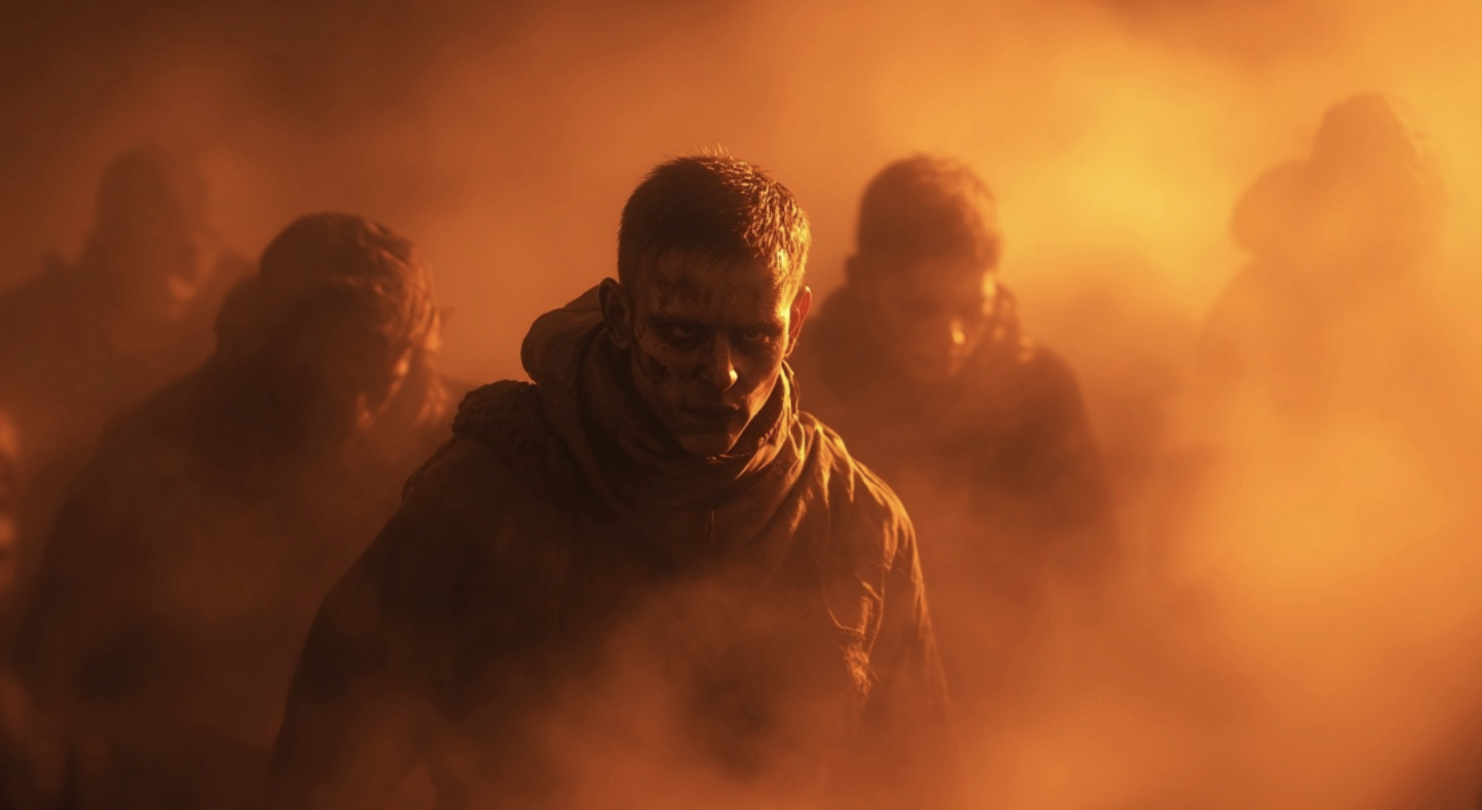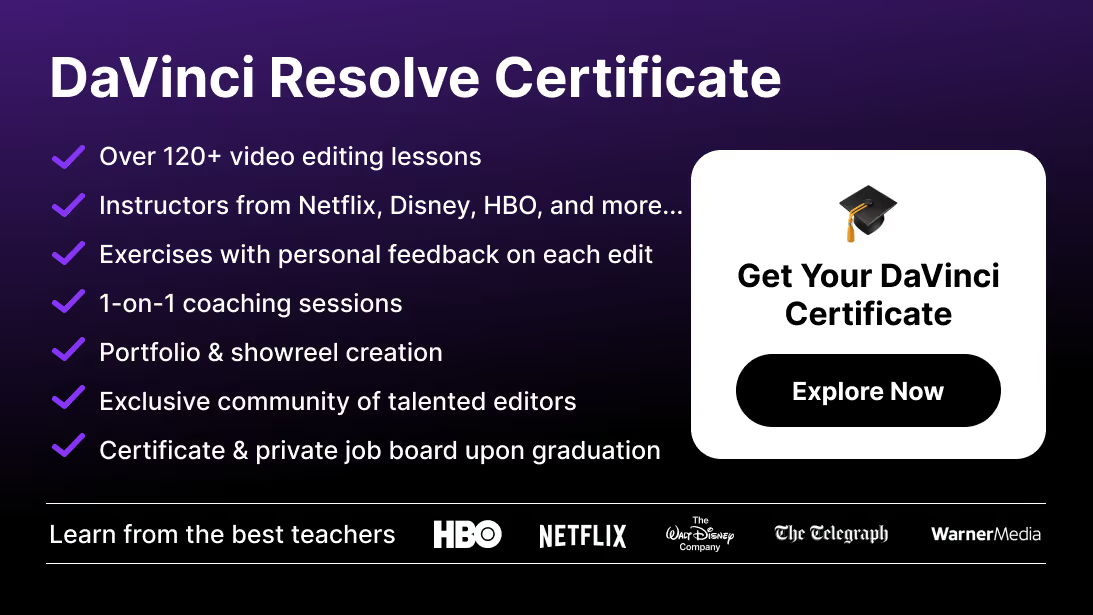This guide explains everything you need to know about resolution in DaVinci Resolve — from timeline setup to export optimization.
What Is Resolution in DaVinci Resolve?
In video editing, resolution refers to the number of pixels in your video frame.
- 1920×1080 (Full HD) → Standard for online content
- 3840×2160 (4K UHD) → Industry standard for streaming & film
- 7680×4320 (8K) → High-end productions
In DaVinci Resolve, resolution has two main aspects:
- Timeline Resolution → The resolution you edit in.
- Render/Output Resolution → The resolution you export your project in.
If you also need to adjust the shape of your frame, check our dedicated guide on how to change aspect ratio in DaVinci Resolve.
How to Change Timeline Resolution in DaVinci Resolve
- Go to the Project Settings (bottom right gear icon).
- Under Master Settings, locate Timeline Resolution.
- Choose your resolution (1080p, 4K, custom).
- Click Save — your timeline updates instantly.
💡 Pro Tip: You can edit in a lower resolution (for performance) and export in higher resolution later.
Recommended Timeline Resolution for Editing
- HD (1920×1080): Best for social media, YouTube, fast editing.
- 4K (3840×2160): Industry standard for streaming, film, and commercials.
- 8K (7680×4320): High-end workflows, but requires powerful hardware.
👉 Most editors use 1080p timeline resolution for smooth editing, then render in 4K.
How to Change Export Resolution in DaVinci Resolve
- Go to the Deliver Page.
- In the Render Settings, select your resolution.
- Choose Match Timeline Settings or pick a custom resolution.
- Select format (MP4, MOV, etc.) and codec (H.264, H.265, ProRes, DNxHR).
- Click Add to Render Queue → Render All.
For more advanced delivery workflows, formats, and codecs, explore our full guide to DaVinci Resolve export settings.
Scaling and Mixed Resolutions in DaVinci Resolve
When working with footage of different resolutions (e.g., mixing 1080p and 4K):
- Go to Project Settings → Image Scaling.
- Choose how Resolve handles mismatched footage:
- Scale entire image to fit (default, safe for most projects).
- Center crop with no resizing (maintains quality, but may cut edges).
- Stretch frame to all corners (not recommended, distorts image).
💡 Use Input Scaling on a clip-by-clip basis for precise control.
If you need finer control over reframing, zooming, or resizing clips, follow our complete tutorial on how to resize frames and videos in DaVinci Resolve.
Changing Resolution for a Specific Timeline
- Select Timeline: In the Media Pool, right-click the timeline you want to modify.
- Open Timeline Settings: Choose Timeline Settings from the menu.
- Override Project Defaults: Uncheck the box labeled “Use Project Settings”.
- Set New Resolution: A resolution dropdown will appear — pick the format you need or enter custom values.
- Confirm: Click OK, and only that timeline will use the new resolution.
Key Things to Keep in Mind
- Output Control: Your timeline resolution defines the size and aspect ratio of your final render.
- Vertical & Social Content: Use custom dimensions like 1080×1920 for Instagram Reels, TikTok, or YouTube Shorts.
- Performance Boost: If your system lags in 4K editing, drop the timeline resolution to 1080p for smooth playback and then export in 4K.
- Mixed Footage: When combining clips of different resolutions, some may look stretched or cropped. Adjust scaling under Image Scaling settings in Project Settings to fix mismatches.
Optimizing Performance With Resolution
- Edit in proxy mode: Lower playback resolution for smoother editing.
- Use optimized media: Generate lower-res versions of clips for real-time editing.
- Timeline proxy resolution: Drop timeline resolution (e.g., 720p) while keeping final render in 4K.
Best Practices for Resolution in DaVinci Resolve
- Always set timeline resolution before editing to avoid resizing issues.
- For YouTube, use 1080p or 4K depending on audience.
- For film and commercial work, stick to 4K or higher.
- For client previews, export in lower resolution to save time and storage.
Conclusion: Mastering Resolution in DaVinci Resolve
Understanding resolution in DaVinci Resolve is key to balancing quality and performance.
- Set timeline resolution based on your hardware and workflow.
- Export in the final resolution your platform requires.
- Use scaling options wisely when mixing footage.
👉 Want to learn advanced export and workflow optimization? Check out our DaVinci Resolve course to master professional editing and delivery techniques.
FAQ DaVinci Resolve Resolution
How do I change resolution in DaVinci Resolve?
Go to Project Settings → Master Settings → Timeline Resolution. Adjust and save.
Can I edit in 1080p and export in 4K?
Yes. Many editors use a 1080p timeline for smooth performance and export in 4K for delivery.
What’s the maximum resolution in DaVinci Resolve?
DaVinci Resolve Studio supports up to 8K resolution.
Why does my footage look blurry after scaling?
Check Image Scaling settings — use “Scale entire image to fit” for best results.
What resolution is best for YouTube?
YouTube supports both 1080p and 4K. Uploading in 4K ensures better compression quality, even if most viewers watch in 1080p.
Does DaVinci Resolve free support 4K?
Yes. The free version supports 4K editing and exports, but Studio unlocks more advanced codecs and GPU acceleration.






